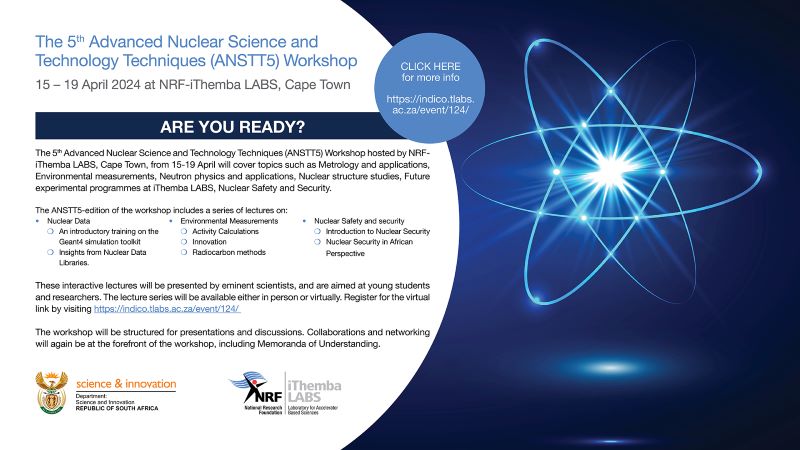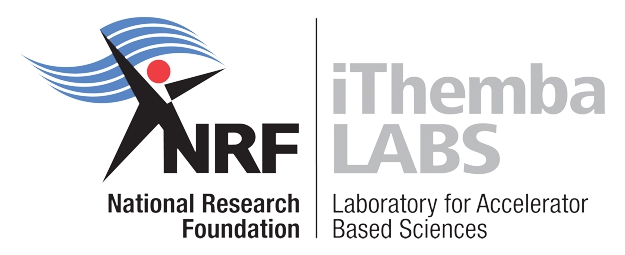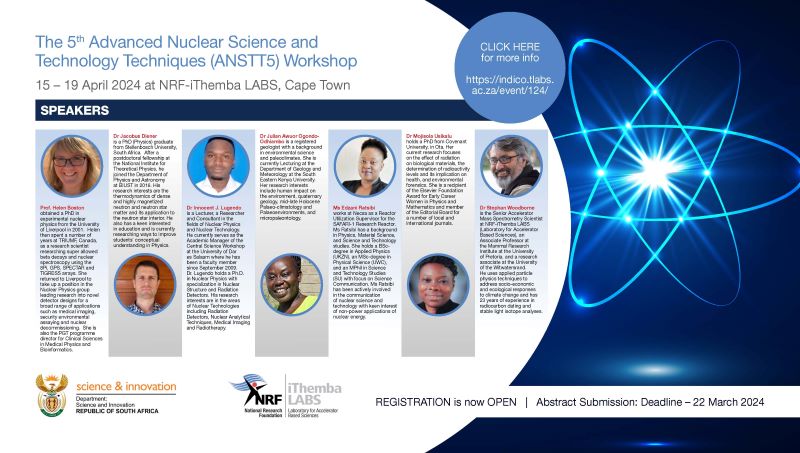Developing methods to non-destructively determine the elemental composition of bulk materials is important in a broad range of contexts, including food and agriculture, coal and minerals processing, contraband detection, and nuclear regulation [1,2]. Neutron-based techniques are advantageous as neutrons are highly penetrating, sensitive to low mass nuclei and produce characteristic secondary radiation for each nuclide. When a sample of unknown composition is exposed to a field of neutrons, with known intensity, energy and angular distribution, an array of radiation signatures which are characteristic of the sample composition is produced. These signatures may be in the form of prompt and delayed gamma rays, and scattered and transmitted neutrons [3,4]. Well established techniques exist to utilise each of these signatures in isolation as a means of materials analysis, and each technique will be more, or less sensitive to a different subset of elements. The combination of multiple neutron-based techniques are being explored in this work, namely fast neutron transmission analysis (FNTA) and prompt gamma-ray neutron activation analysis (PGNAA) at the fast neutron facility (n-lab) within the Metrological and Applied Sciences University Research Unit (MeASURe) in the Department of Physics at the University of Cape Town. The FNTA and PGNAA techniques exploit transmitted neutrons and de-excitation gamma rays, respectively, as elemental signatures, and ideally require fast neutrons. In this work, the FNTA and PGNAA techniques are being explored with the aim of developing a multimodal technique capable of elemental characterisation of materials in bulk using neutrons and gamma rays at the n-lab.
The n-lab [5] houses a well-characterised accelerator-based neutron source, a Thermo MP-320 deuterium-The n-lab [5] houses a well-characterised accelerator-based neutron source, a Thermo MP-320 deuterium-tritium (DT)-based sealed neutron tube generator (STNG) capable of producing 14.1 MeV neutrons at rates of up to 1 x 10$^8$ neutrons s$^{-1}$ into 4𝜋 steradians when operated at optimum settings. Standard samples (single and multi-elemental) have been analysed using FNTA and PGNAA techniques. The transmitted neutron energy spectra were measured utilising a 2′′ x 2′′ EJ-301 organic liquid scintillation detector while de-excitation gamma-ray energy spectra were measured utilising a pair of 3′′ x 3′′ NaI detectors. The elemental signature extracted from the FNTA measurements was the removal cross section, and for PGNAA the background subtracted gamma ray spectra normalised to density. A library of elemental responses in a form of removal cross sections and prompt gamma rays has been constructed and has been used to deconvolve mass ratios of elements [6] using an unfolding analysis software (MAXED) based on the maximum entropy principle [7]. We present in this work experimental and simulated results from the analysis of eight elements of interest, namely hydrogen, carbon, nitrogen, oxygen, aluminium, silicon, sulphur and iron, and the unfolding of elemental composition for simpler cases of multi-elemental samples.
References
[1] F. Rouessac & A. Rouessac, Chemical Analysis: Modern Instrumentation Methods and Techniques, John Wiley and Sons (2007).
[2] V. Guinn, et al., IAEA Technical Report Series No. 197 (1980).
[3] Z. Alfassi, Activation Analysis Vol.1, CRC Press (1990).
[4] F.D. Brooks, et al., Nuclear Instruments and Methods in Physics Research A 410, 319-328 (1998).
[5] T. Hutton & A. Buffler, Proceedings of SAIP2017, SA Institute of Physics (2018).
[6] T. Hutton, et al., EPJ Web of Conferences 261, 03003 (2022).
[7] M. Reginatto, P. Goldhagen, and S. Neumann, Nucl. Instr. Meth. A476 (2002) 242






